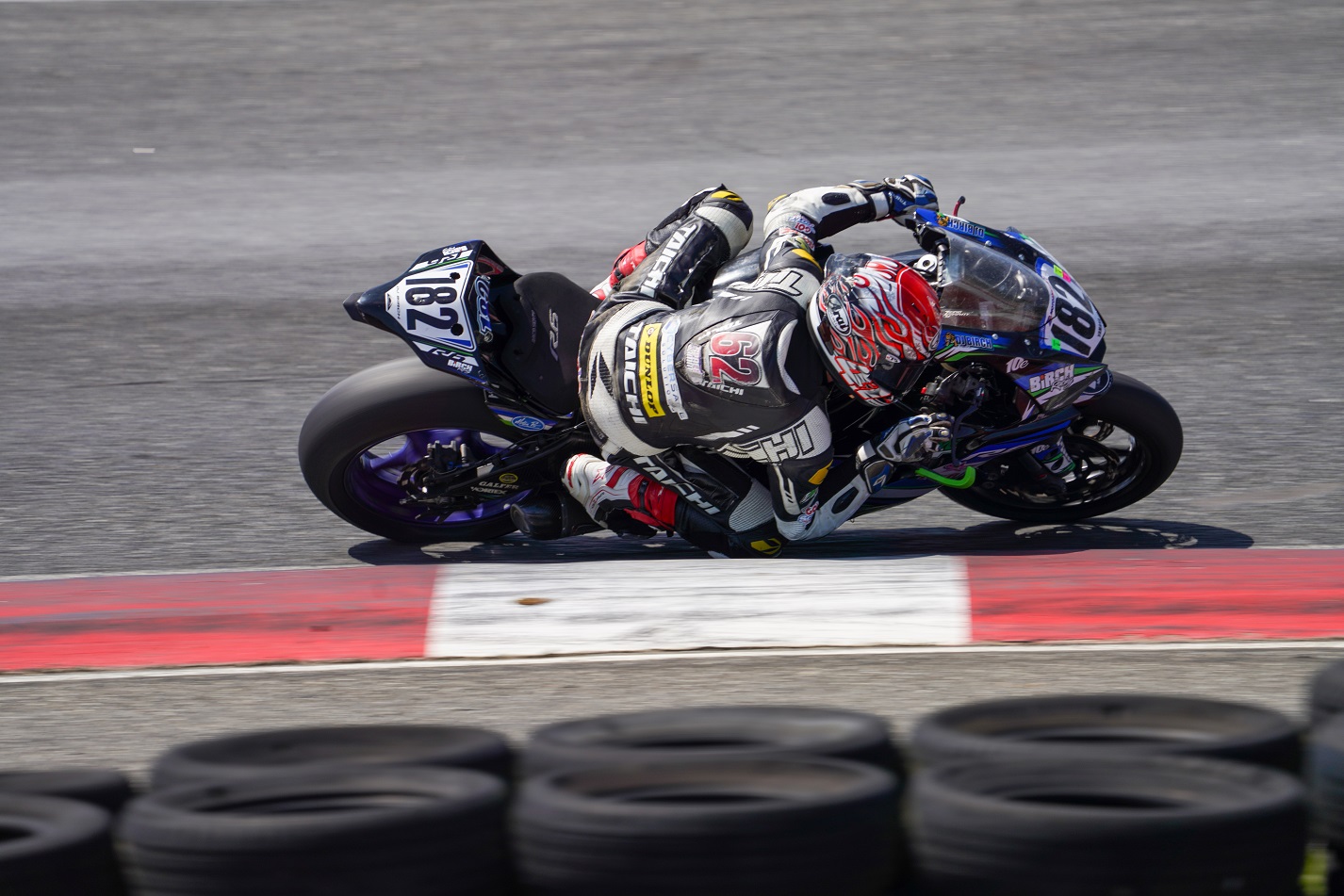Welcome to the exciting world of bike racing! Whether you’re a seasoned cyclist looking to push your limits on the track or a complete beginner intrigued by the thrill of competition, understanding the licensing requirements in the USA is crucial.
This guide will get into the details of driver’s licenses, racing licenses, and other considerations to ensure a safe and successful journey into bike racing.
Driver License Requirements For Driving
1. Driver’s License: A Baseline for Safety
In most cases, possessing a valid driver’s license is a prerequisite for participating in bike racing events at racetracks in the USA. This requirement serves a critical purpose:
- Traffic Law Knowledge: A driver’s license signifies your understanding of traffic laws and safe operating procedures for motor vehicles. This knowledge translates well to the racetrack environment, where controlled speed and awareness of other riders are paramount.
- Safe Vehicle Operation: Obtaining a driver’s license involves passing a practical skills test, demonstrating your ability to operate a vehicle safely. This translates to better control and maneuverability on your bike, minimizing the risk of accidents on the track.
2. Exceptions and Variations:
It’s important to remember that licensing requirements can vary depending on several factors:
- Track Regulations: Each racetrack may have its own specific licensing policies. Some tracks might allow participation with a driver’s license, while others might require a dedicated racing license.
- Event Type: Different racing events might have different licensing requirements. For instance, casual track day events might be more flexible than official sanctioned races.
3. Racing License: Stepping Up Your Game
For more serious racing aspirations, a dedicated racing license becomes necessary. This license signifies your commitment to the sport and ensures you possess the specific skills and knowledge required for competitive racing.
4. Obtaining a Racing License:
Acquiring a racing license involves a structured process:
- Racing Schools: Numerous reputable racing schools offer comprehensive training programs designed to equip you with the skills and knowledge needed for safe and competitive racing.
- Training and Certification: These training programs typically involve classroom instruction on racing rules, safety protocols, and advanced riding techniques. You’ll also have opportunities for practical on-track experience under the guidance of experienced instructors.
- Accredited Programs: Ensure the racing school you choose offers programs accredited by recognized organizations like the Sports Car Club of America (SCCA). This accreditation ensures the program meets rigorous safety and training standards.
5. Examples of Accredited Racing Schools:
The USA boasts a wide range of renowned racing schools that provide accredited training programs, including:
- Allen Berg Racing Schools: A highly respected school with programs catering to various skill levels, from beginner to professional.
- California Superbike School: Renowned for their focus on rider coaching and personalized feedback for rapid skill development.
- MotoD Academy: Offering a comprehensive curriculum with a strong emphasis on racecraft and strategy.
- ASRA Racing: The American Sportbike Racing Association offers racing schools alongside their competitive race series. Their programs provide valuable training specifically focused on the rules and regulations of ASRA racing.
6. Contacting Event Organizers:
Before embarking on any racing activity, contacting the event organizers or the track facility directly is crucial. They will provide the most up-to-date information on specific licensing requirements and any additional steps you might need to take for participation in their event.
7. Beyond Licenses: Safety Gear and Preparation
While licenses are essential, your safety on the track goes beyond paperwork. Here are some additional considerations:
- Safety Gear: Always wear proper safety gear while participating in track events. This includes a high-quality helmet, gloves, protective leathers, and sturdy boots. Remember, safety gear is not a suggestion; it’s mandatory!
- Track Familiarization: Before your first race or track day, take the time to familiarize yourself with the track layout. Many tracks offer walk-through sessions or provide resources to help you learn the corners, braking zones, and ideal racing lines.
- Physical Fitness: Bike racing demands a certain level of physical fitness. Regularly participating in exercises that improve cardiovascular endurance, strength, and flexibility will significantly enhance your performance and reduce the risk of injuries.
8. Importance of Following Regulations:
Following the rules and regulations outlined by the track and racing organization is paramount. These rules are established to ensure a safe and fair racing environment for all participants. Never disregard safety regulations or attempt risky maneuvers that endanger yourself and others.
Conclusion-
Obtaining the necessary licenses and prioritizing safety should be the foundation of your bike racing journey. Remember, your first priority should always be returning home safe and sound after enjoying the thrill of competition.
With this comprehensive guide as your starting point, you’re well-equipped to begin exploring the world of bike racing!
Ready to transform your passion for motorcycles into competitive fire? Register with ASRA Racing today and embark on a thrilling journey of self-discovery, speed, and camaraderie. Visit us to contact them directly to learn more about their racing series, training programs, and upcoming events. Don’t let this dream remain a dream – turn it into a reality with ASRA Racing!







